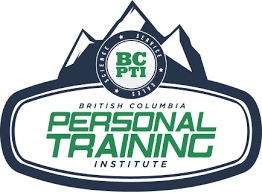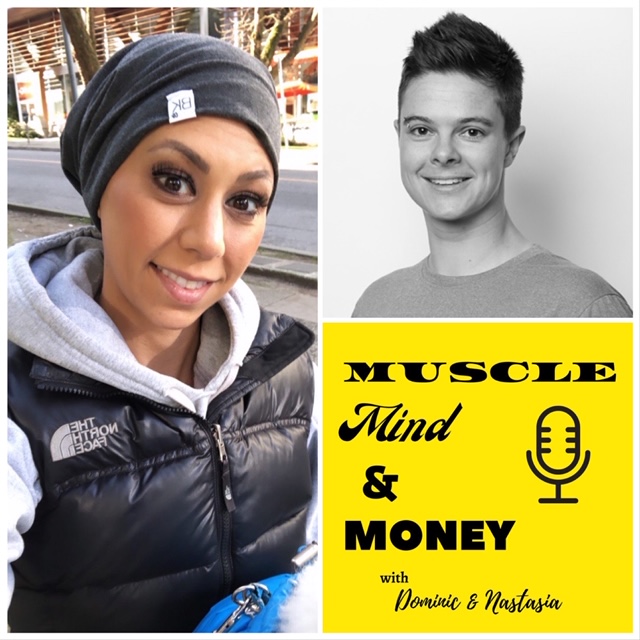Cardiovascular disease kills over 17.5 million people each year – that’s almost half of all deaths (minus communicable diseases). On the flip side, cardiovascular health is one of the best predictors of longevity!
So heart health is a big deal and I’m going to share a couple of really important facts to help you prioritize your body’s most important muscle!
Heart Rate, Stroke Volume and Cardio Output
We’re probably all familiar with Heart Rate – it’s the number of times your heart beats in one minute. The normal resting heart rate for an adult ranges between 60 to 100 beats per minute. Generally, a lower heart rate at rest implies more efficient heart function and better cardiovascular fitness. For example, a well-trained athlete might have a normal resting heart rate closer to 40 beats per minute.
To check your resting heart rate, I like to recommend taking a measurement first thing in the morning while you’re still in bed. Lightly press your 2nd and 3rd finger to find the pulse point under your right jaw bone just beside your throat. You can either count how many beats in 1 minute or just count for 30 seconds and multiply that number by 2.

Checking your resting heart rate allows you to track improvements over time as you work on your cardiovascular fitness. As you become more fit, your resting heart rate should go down! This is an easy number to take daily – keep a heart rate journal beside your bed, track it in a note on your phone or, if you use a wearable device, log it on an app.
I’ve used both Fitbit and Apple Watch. Fitbit tracks sleep data including Resting Heart Rate with a really user-friendly app, and Apple Watch or the Apple Health app allows you to track lots of different types of data.

Now, Stroke Volume is the amount of blood pumped out of the heart per beat. The idea here is that your heart (a muscle) can get stronger as your work it. When you strengthen your heart muscle it can then pump more blood out of the heart per beat. Because you’d be providing your body with oxygen more efficiently, your heart wouldn’t have to beat as many times per minute.
Cardiac Output = Heart Rate x Stroke Volume.
This is the actual measurement of mL/min. When you exercise, play a sport, walk up a flight of stairs or run to catch the bus, you use up oxygen at a faster rate to fuel working muscles. There’s a slight delay but your heart rate then increases to catch up with the demand to provide more oxygen. So in this example, if you have higher cardiac output (through higher stroke volume) then your heart rate doesn’t have to go up so high to fuel your body.
Baseline Physical Activity Recommendations

So now that we’ve talked about the importance of a strong and healthy heart, here’s the good news. The World Health Organization states that 150 minutes of physical activity per week is enough to improve your health and reduce your risk of diseases like cardiovascular disease, stroke and diabetes. This is easily broken up into 30 mins of moderate-intensity activity 5 days per week. The key is getting the intensity right!
Heart Rate Reserve Method
This is a simple formula that gives an exercise intensity equivalent to the desired percentage of VO2 (the amount of exercise your body uses during intense exercise).
1. First, you need to get the data for your resting heart rate. I recommend taking an average over 3 to 5 days.
2. Next, calculate your Max HR using the formula:
Max HR = 220 – your age.
3. Now you can pick your exercise intensity and calculate your desired HR:
| New to Exercise | Weight Loss | Push Past a Plateau | High-Level Athlete |
| 50-60% | 60-70% | 70-80% | 80-90% |
4. Exercise Heart Rate calculation:
Exercise HR = % of target intensity (HRmax – HRrest) + HRrest
For example…
Let’s say you are 42-year-old, looking to get back exercise after 10 years taking care of family, work and life.
1. Takes morning heart rate for 5 days and has an average resting heart rate of 82 bpm.
2. Max HR = 220 – 42 = 178 bpm.
3. Exercise intensity should be 50-60% to start (keeps it safe and won’t feel too hard; that’s key to keeping up with your program consistently!).
4. Exercise HR = 50% > Exercise HR = .5 (178-82) + 82 = 130 bpm
Exercise HR = 60% > Exercise HR = .6 (178-82) + 82 = 140 bpm.
So in this example the participant could do 30 minutes of physical activity 5 days per week between 130-140 bpm. Following this program would reduce resting heart rate, increase cardiovascular fitness, improve stroke volume and cardio output and result in feeling more energy and better stamina! After 3-4 weeks it would be appropriate to increase the exercise intensity up to the 60-70% zone.
Here are some easy ways to achieve this heart rate zone:
- Walking so that you feel like you’re working at a 5-6 out of 10 intensity;
- A walk-run program outside or on the treadmill;
- Elliptical or stationary bike;
- Group fitness class with options for beginners (ie. regressing exercises or offering low impact options);
- A circuit machine workout (ask a trainer for help if you don’t know how to use these machines!).
Blog by: Logan Dube
Director of Education, BCPTI
original blog posted on www.snclubs.com/blog







